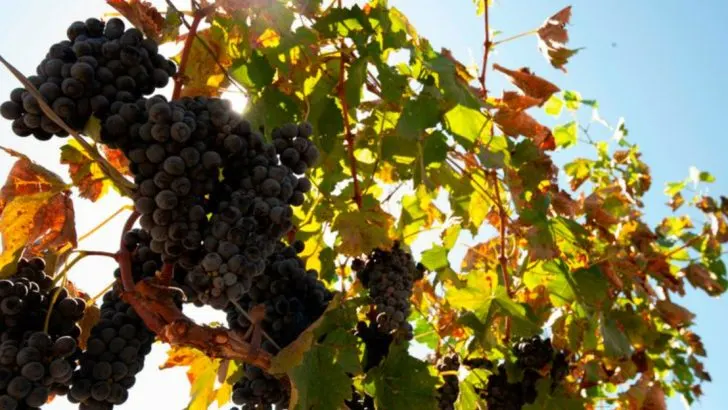Some plants need a little drama to taste their best. No, really—mild stress can send certain veggies, herbs, and fruits into survival mode, boosting flavor, fragrance, and even nutrition. Think of it like culinary bootcamp. A bit of heat, a touch of drought, or a well-timed snip can turn a bland harvest into a flavor bomb. But it’s a fine line between stress and distress. Push too far, and your plants give up the ghost. The key is knowing exactly when and how to apply pressure without tipping them over the edge. From sweeter carrots to spicier basil, these 13 stress responses are backed by science—and gardeners who swear by the results. Ready to train your plants like flavor-boosting ninjas? Let’s dive into the quirks, cues, and controlled chaos that lead to better harvests. Your plants can handle more than you think. And the rewards? Delicious.
Drought-Induced Sugar Concentration
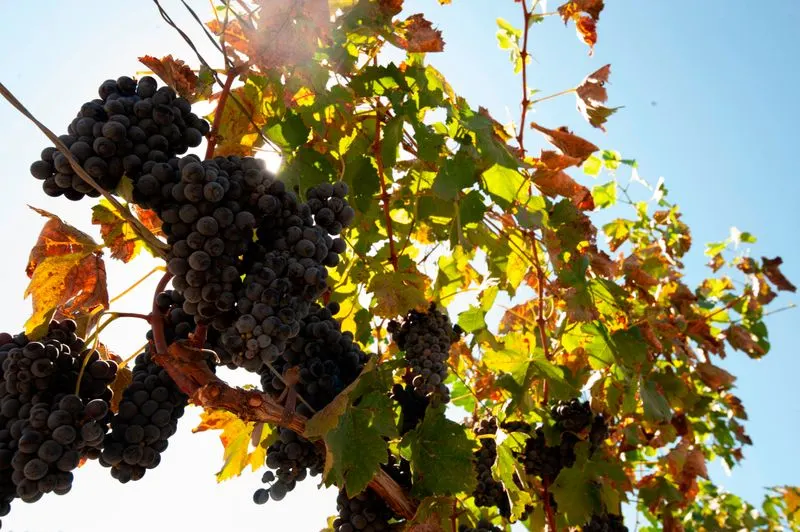
In the scorching sun, grapevines can transform adversity into sweetness. When water becomes scarce, these plants increase their sugar concentration to retain moisture. This heightened sugar level not only protects them but also results in grapes that produce superior wine.
The subtle dehydration acts as a natural sweetness enhancer, making the wine richer and more flavorful. To safely induce this, growers strategically limit watering during certain growth phases, ensuring that the vines are stressed just enough to boost sugar without causing harm. This delicate balance has been a vintner’s trick for centuries.
Cold-Triggered Anthocyanin Production
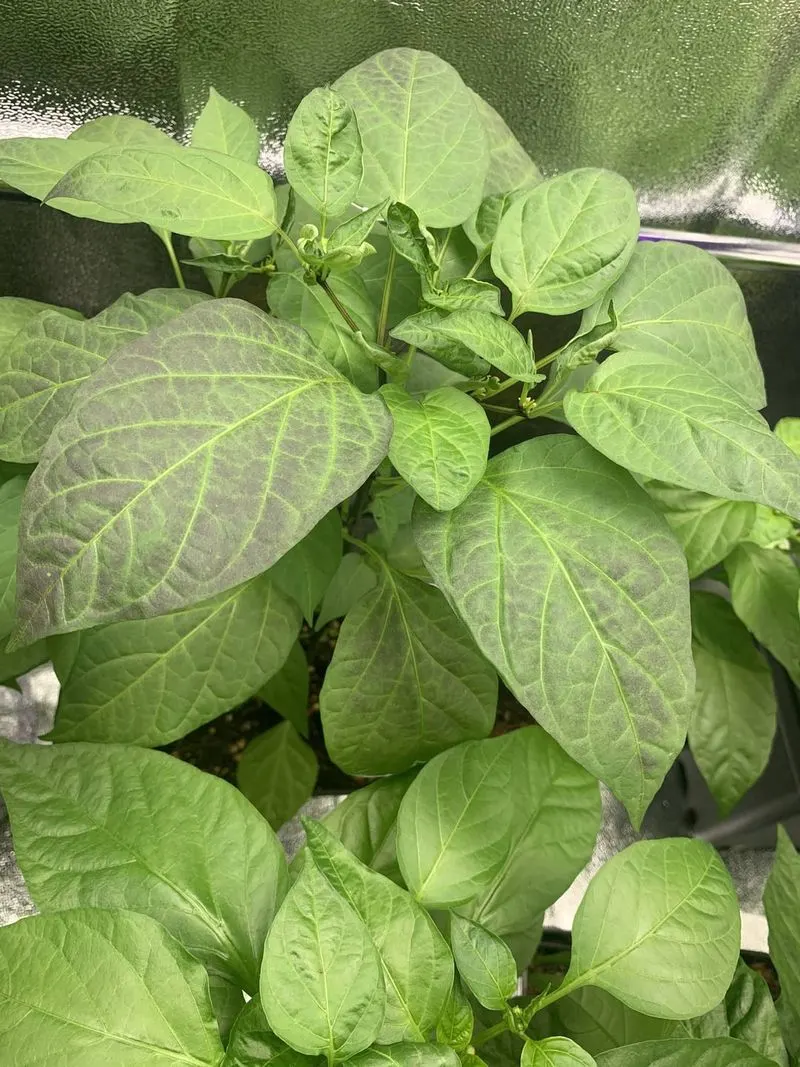
Imagine a kale leaf turning a beautiful shade of purple as temperatures drop. This vibrant transformation is due to anthocyanin production, triggered by cold stress. Anthocyanins are antioxidants that not only enhance the visual appeal but also boost the nutritional value.
Cold-stressed plants like kale and cabbage display richer colors and offer more health benefits. Gardeners can expose these plants to cooler temperatures or harvest after a frost to naturally increase these compounds. Such stress-response enriches the diet with more vibrant and nutritious greens, straight from nature’s palette.
Salt Stress for Lycopene Enrichment
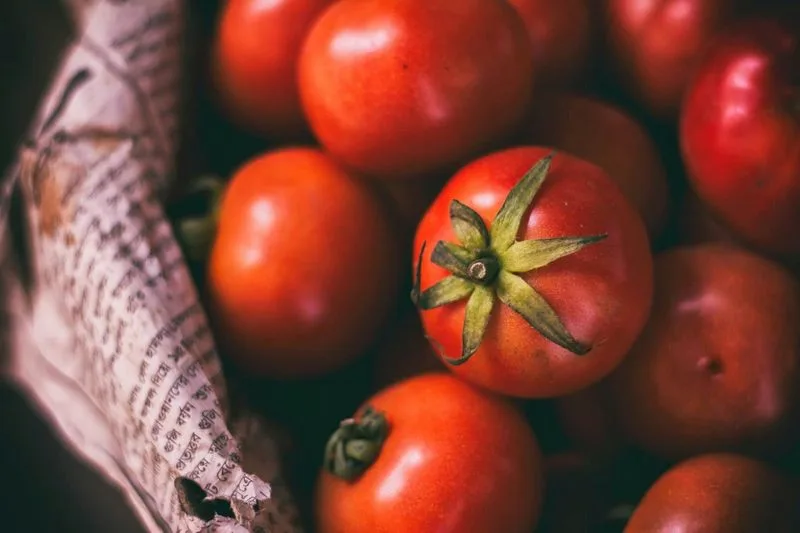
By the seaside, tomatoes exposed to salt stress undergo a remarkable change, enhancing their lycopene content. This antioxidant is responsible for the rich red color and health benefits associated with tomatoes. A mild salt stress can boost lycopene, offering more vibrant and nutritious fruit.
Gardeners often simulate this by adding a controlled amount of sea salt to irrigation water. This practice should be monitored carefully to avoid damage. The enriched lycopene content not only improves the fruit’s health benefits but also intensifies its flavor, making every bite a nutrient-packed delight.
UV-Induced Flavonoid Boost
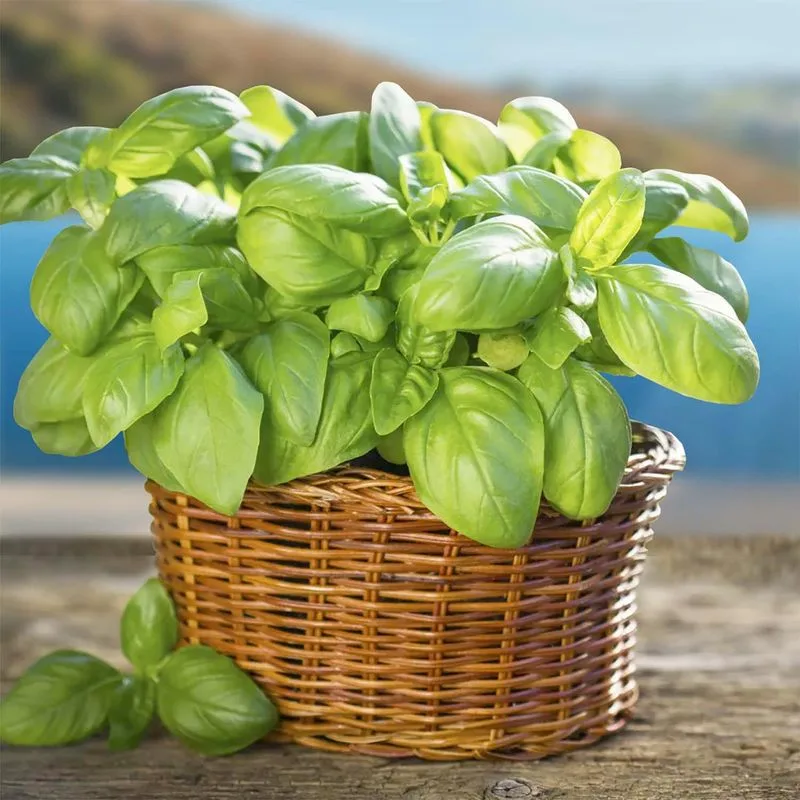
Basil leaves bathed in sunlight may seem stressed under UV rays, but this exposure triggers a beneficial boost in flavonoids. These compounds are known for their antioxidant properties and enhance the plant’s resilience.
Gardeners can strategically increase sun exposure while ensuring adequate water to prevent wilting. This stress-response not only makes the basil more robust but also enriches its flavor profile. The flavonoid boost adds a subtle peppery kick, transforming an ordinary herb into a culinary delight. The sun’s intensity, often seen as harsh, becomes a tool for flavor innovation.
Nutrient-Deficiency Enhanced Polyphenols
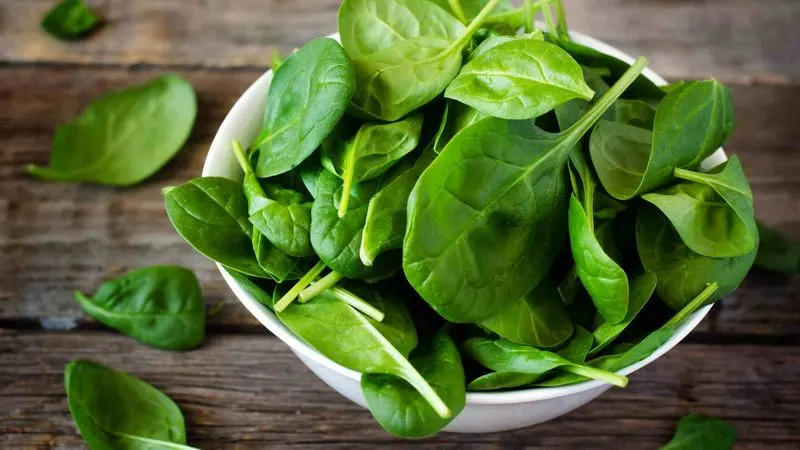
In the quest for nutrients, spinach can surprise its gardeners by enhancing polyphenol content when faced with deficiency. These compounds not only improve flavor but also offer health benefits, acting as potent antioxidants.
Gardeners might deliberately limit certain nutrients, such as nitrogen, to trigger this response. Careful management ensures the plants aren’t deprived to the point of harm. This stress response is a testament to the plant’s adaptability, turning a lack of nutrients into an opportunity to enrich both flavor and nutrition, making every leaf a powerhouse of health.
Pest Attack-Induced Defense Compounds
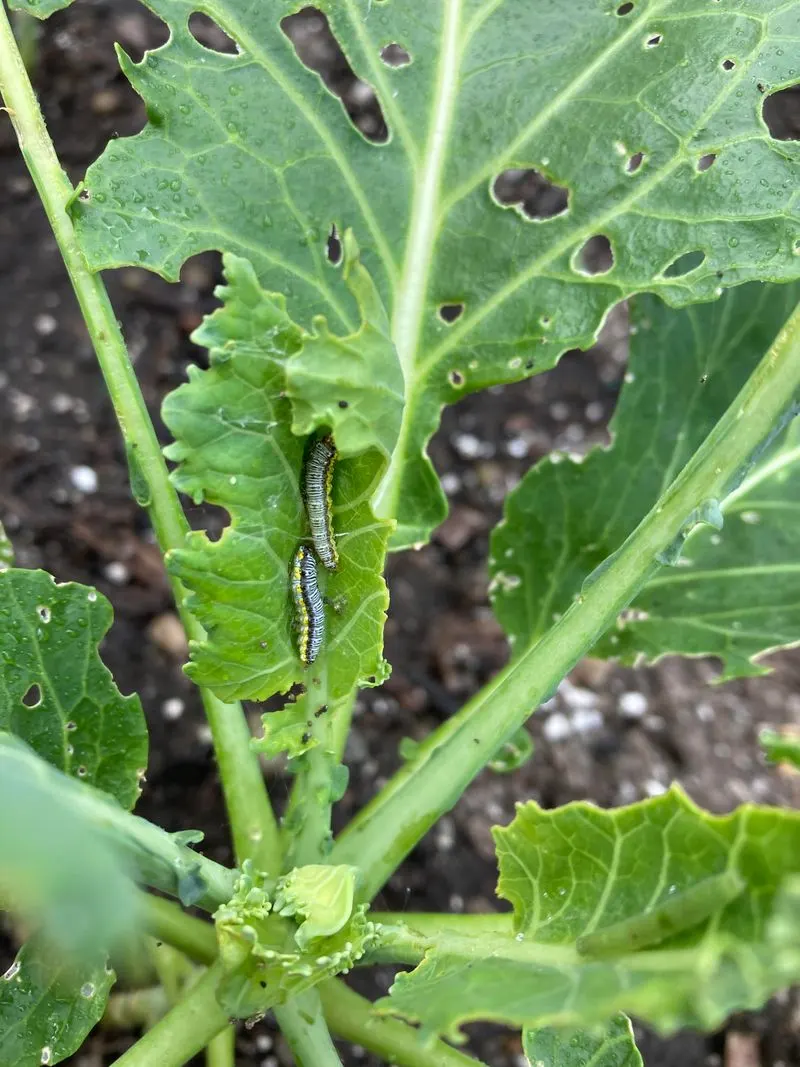
Cabbage plants under attack by caterpillars launch a defense that paradoxically improves their flavor and nutrition. These pest attacks increase glucosinolates, compounds known for their cancer-fighting properties and peppery taste.
Encouraging mild pest presence can be beneficial, as it enhances these natural defenses without compromising the plant’s health. This response showcases nature’s ability to turn adversity into a nutritional boon. The enhanced taste and health benefits make cabbage an even more valuable addition to the diet, proving that a little stress can lead to big gains.
Mechanical Injury and Resveratrol Increase
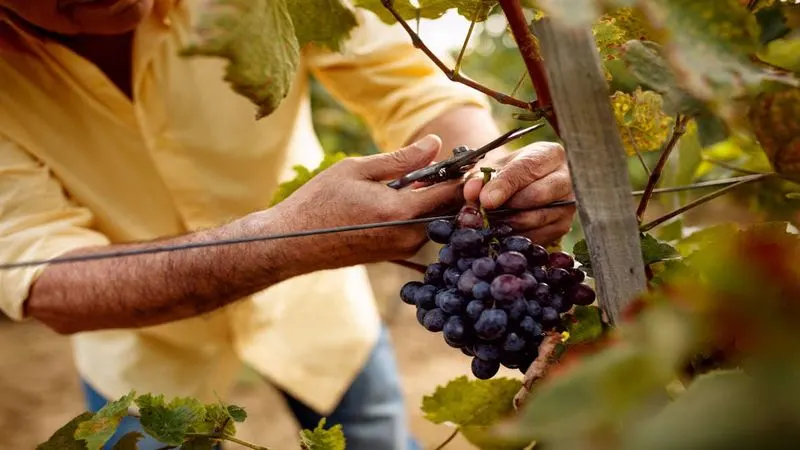
In vineyards, workers sometimes induce slight mechanical injury to grapevines. This practice increases the production of resveratrol, a compound celebrated for its heart health benefits. The stress response activates the plant’s defense mechanisms, enhancing this beneficial compound.
Careful execution ensures that the vines are not permanently harmed, balancing stress and health. The result is grapes enriched with compounds that benefit both the heart and the palate. This age-old technique exemplifies how manipulating stress responses can yield healthier and more flavorful harvests, turning simple grapes into wellness marvels.
Heat Stress and Capsaicin Intensification
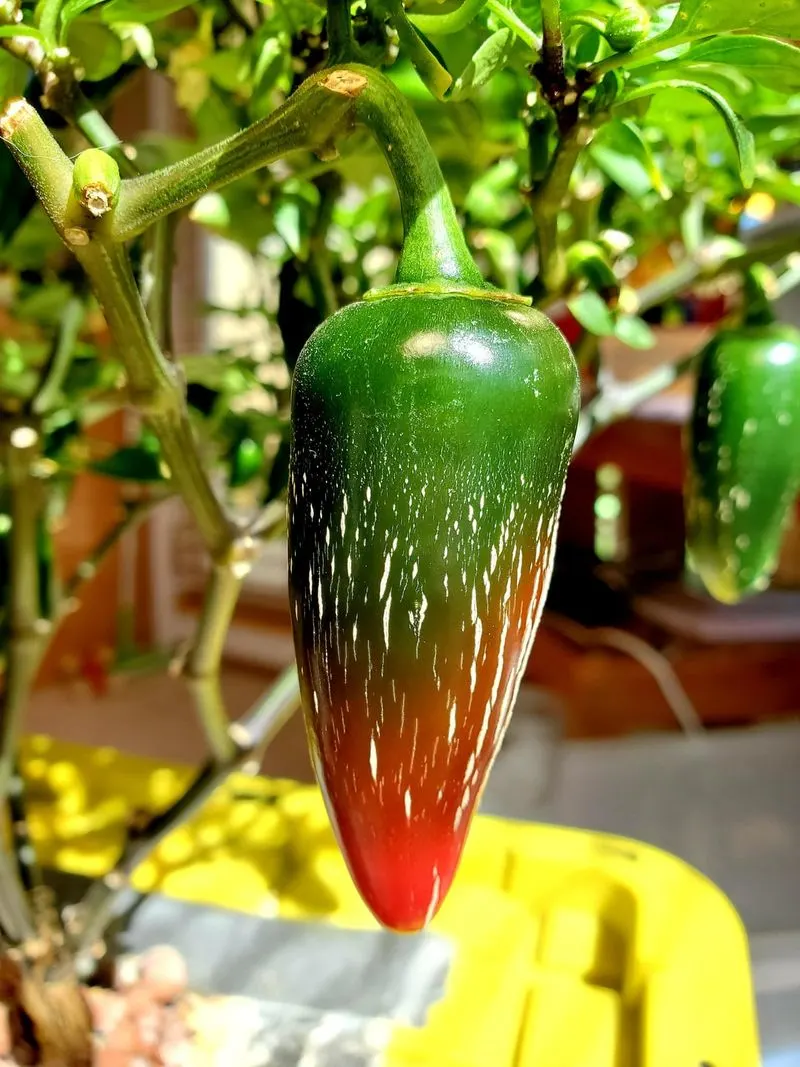
In the blazing heat, chili peppers take on a fiery persona. Heat stress amplifies capsaicin, the compound responsible for their signature heat. This intensified capsaicin not only elevates the spice level but also enhances the peppers’ health benefits, including metabolism boosting.
To harness this response, growers might increase sun exposure while maintaining hydration to prevent damage. This calculated stress results in peppers that are spicier and more nutritious, satisfying those who crave intense flavors. The combination of heat and stress paves the way for culinary adventures that pack both flavor and health benefits.
Hydric Stress and Oleanolic Acid Formation
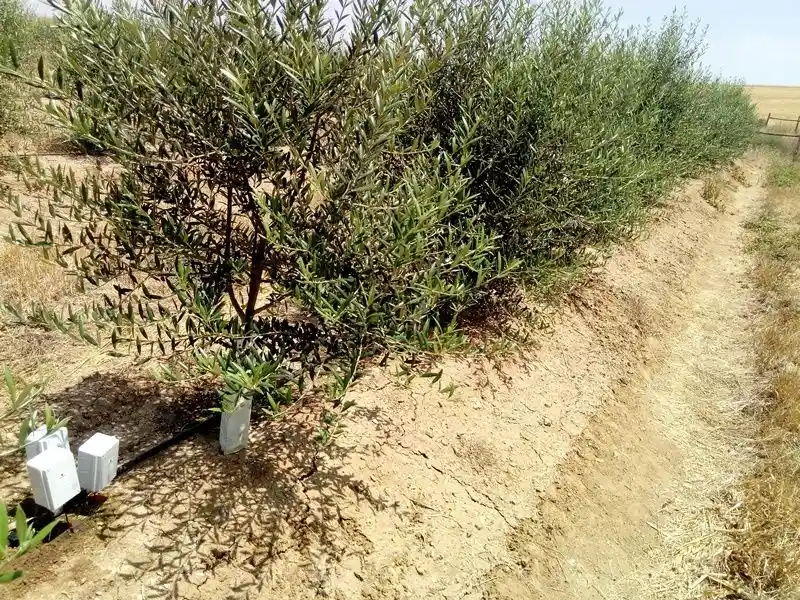
In arid conditions, olive trees produce oleanolic acid as a response to hydric stress. This compound is renowned for its anti-inflammatory and antioxidant properties. When water is scarce, trees enhance this compound to protect themselves, but it also enriches the olives’ health benefits.
Farmers can manage watering schedules to induce mild stress, ensuring the trees thrive without harm. The resulting olives are packed with enhanced compounds that benefit consumers. This practice turns a challenging environment into an opportunity for creating olives that are as beneficial as they are flavorful.
Pruning and Enhanced Terpene Profiles
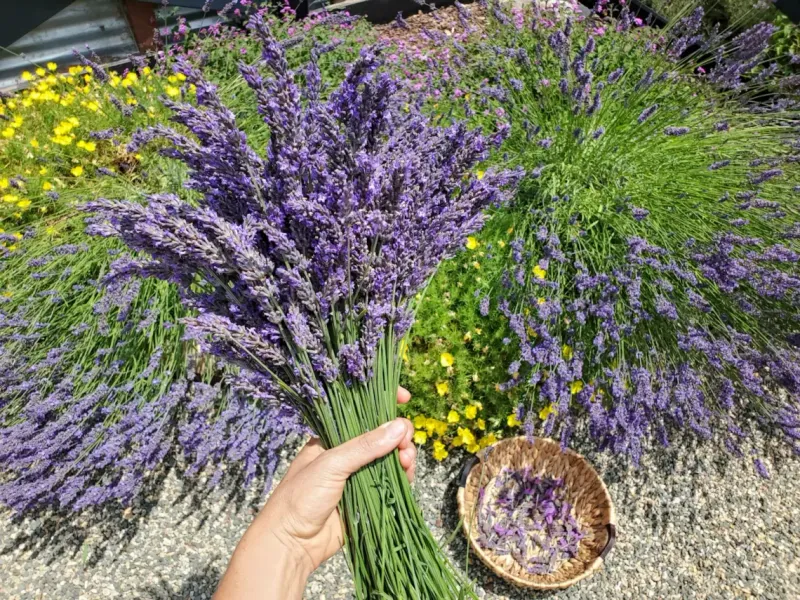
Through gentle pruning, lavender plants reveal an enriched aroma. This practice enhances terpenes, compounds responsible for the plant’s signature scent and flavor. Pruning stimulates new growth and stress response, elevating these aromatic compounds.
Gardeners strategically prune to promote this response without overburdening the plant. The result is lavender with intensified fragrance and flavor, making it a favorite for perfumes and culinary uses. This approach illustrates how thoughtful stress application can amplify a plant’s natural qualities, breathing new life into gardens and products alike with each aromatic bloom.
Fungal Infection and Allicin Increase
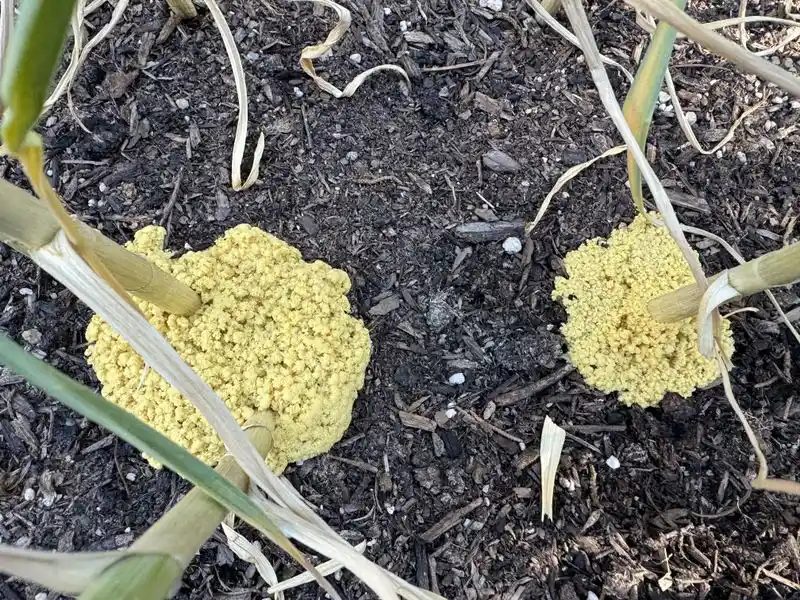
When garlic encounters a fungal threat, it responds by increasing allicin production. This compound not only defends against pathogens but also offers numerous health benefits, including antimicrobial properties.
Growers might allow minor infections to stimulate this response, ensuring plants remain healthy overall. The increased allicin enriches garlic’s pungency and therapeutic qualities, making it a potent addition to the diet. This interaction between plant and pathogen demonstrates resilience, turning a challenge into a means of enhancing flavor and nutrition. The result is a garlic bulb that stands robust against both threats and culinary demands.
Wind Stress and Fiber Strengthening
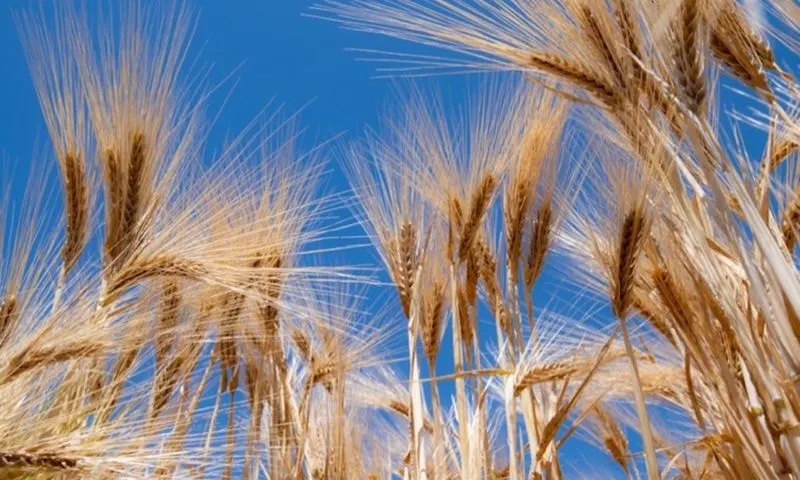
Barley fields dance under the gusty winds, revealing a hidden benefit. Wind stress strengthens fiber, making the barley more resilient and nutritionally potent. The increased fiber content aids digestion and supports heart health.
Farmers might plant in breezy areas to naturally induce this stress, enhancing the grain’s qualities. This natural fortification process is an example of how environmental factors can improve crop quality. By embracing the wind, barley becomes more than just a grain; it transforms into a resilient staple, fortified by the very forces that shape its environment.
Light Stress and Chlorophyll Enhancement
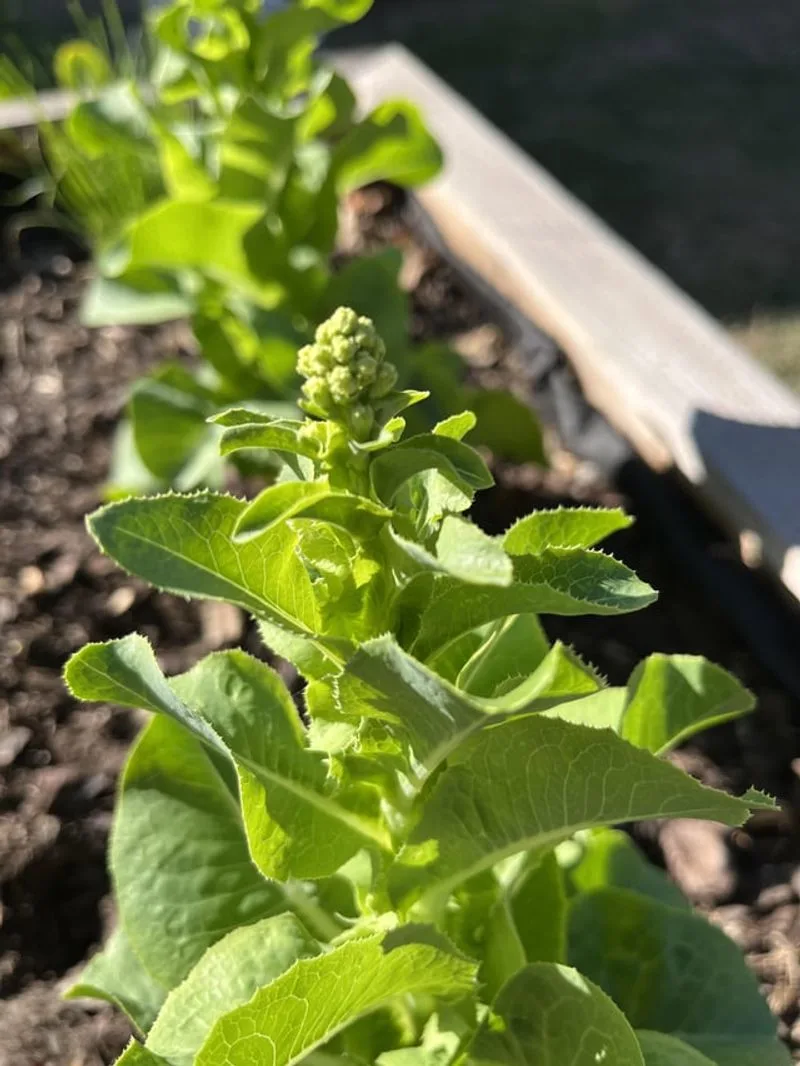
In the delicate dance of light, lettuce leaves capture more than just rays. Light stress increases chlorophyll production, enhancing both the color and nutritional value of the leaves. Chlorophyll is known for its detoxifying properties and supports various bodily functions.
Growers can manipulate light exposure, ensuring plants receive enough without scorching. This balance encourages a natural enhancement of nutrients. The result is lettuce that is not only visually appealing but also a powerhouse of health. This light-induced transformation highlights the potential of controlled stress in enhancing both plant appeal and value.

